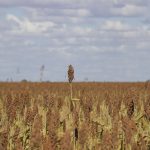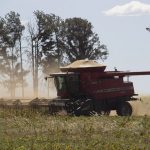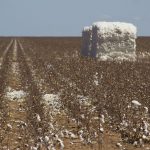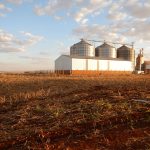Fieldwork addressed farmers’ historical views about the soybean and corn production systems, future scenarios, incentives for production and how farmers respond to input prices and market demand. Goiás and Tocantins engaged in the soybean production in different periods: Goiás starting in the 1970s and Tocantins in the 2000s. Thus, to understanding the telecoupled relations between important international actors for agricultural commodities (exports from Brazil to China) and the agricultural systems (producing regions, land change, double-crop no-till system), the above-mentioned states were chosen. Goiás is an established agricultural state with a well-developed double-crop no-till system (mostly soybean followed by corn), more than thirty years of large-scale grain production, high internal demand for grain by the food and feed processing industry, with China as a major soybean buyer. Tocantins has been a soybean producer in a different global context, pushed primarily by international, as opposed to internal demand, following a similar land management system as Goiás, but with lower adoption of double-crop no-till systems; it is a region of cropland expansion in which China is the major soybean buyer. The fieldwork was conducted in Tocantins from June 25 to July 13, 2016 and in Goiás from July 18 to August 10, 2016. The sample included producers, government officials from Embrapa, Conab, the Tocantins of Agriculture, the Tocantins Secretary of Environment and the Goiás Agricultural and Livestock Federation (FAEG), as well as stakeholders from APROSOJA (an agribusiness association) in Brasilia, Tocantins and Goiás, the Tocantins Agroindustrial Cooperative and the Rural Union in Rio Verde. The researchers also participated in a meeting concerning production cost analysis of irrigated crops in Cristalina organized by the Campo Futuro project.








